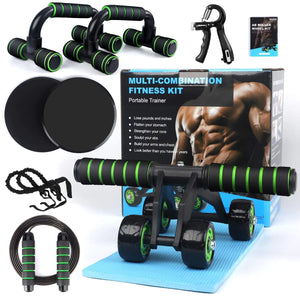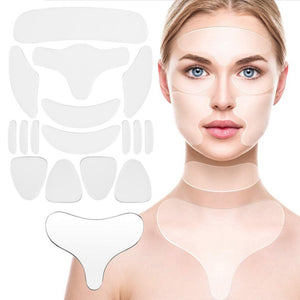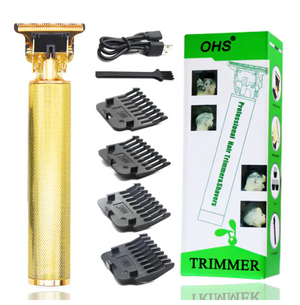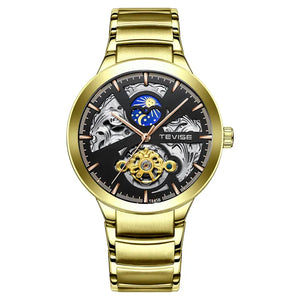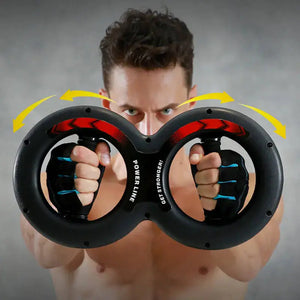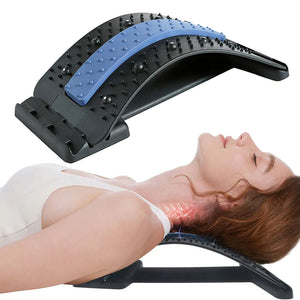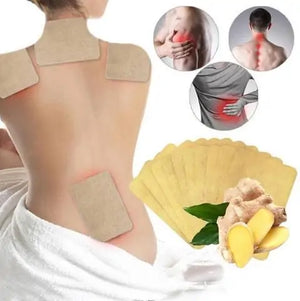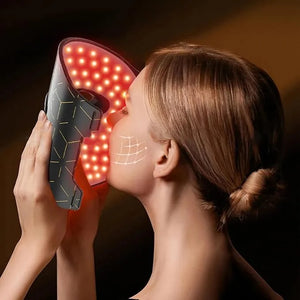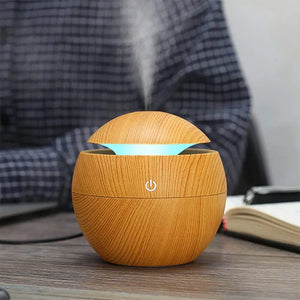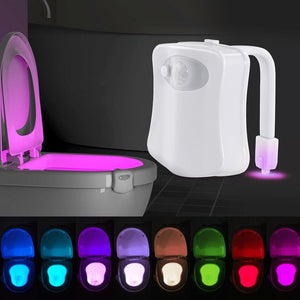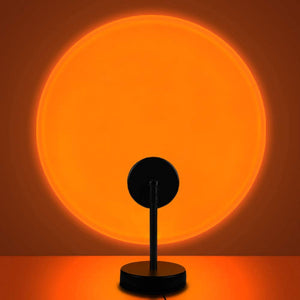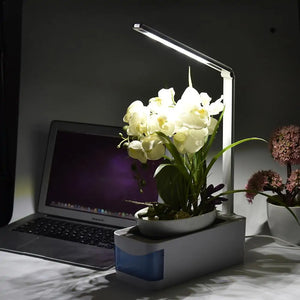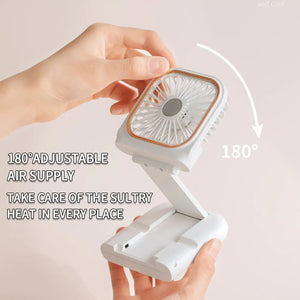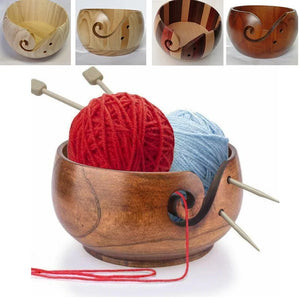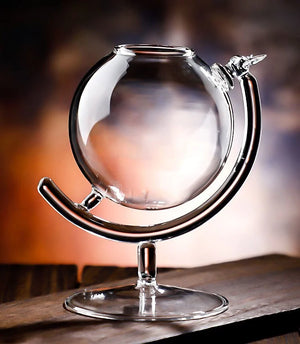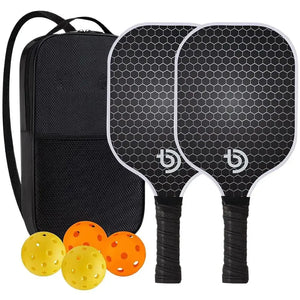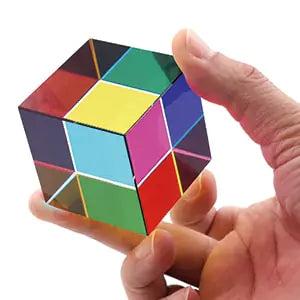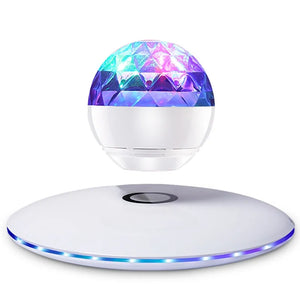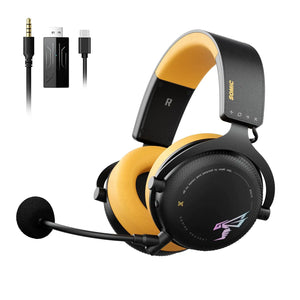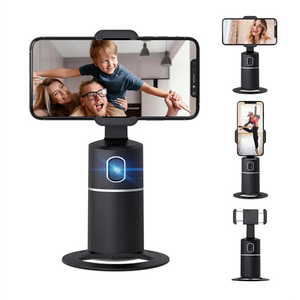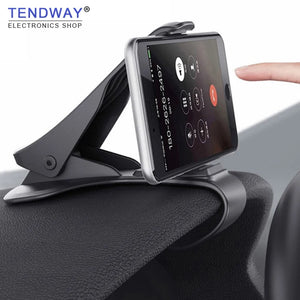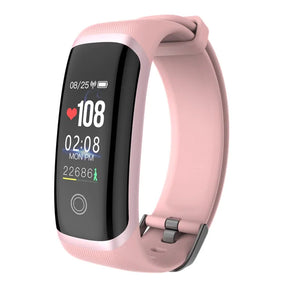
In recent years, wearable technology has emerged as a powerful tool in personal healthcare management.
From smartwatches and fitness trackers to advanced biosensors and medical-grade devices, wearables are transforming the way we monitor, understand, and respond to our health.
The staff here at Nifty Cool Stuff – our online lifestyle store – sees these compact, data-driven gadgets are doing more than just counting steps; they’re providing real-time insights into vital signs, activity levels, sleep patterns, stress, and even early signs of illness.
The Rise of Wearable Health Devices
The popularity of wearable devices has surged thanks to increasing health awareness, advancements in sensor technology, and the growing demand for real-time health data.
According to recent industry reports, the global wearable medical device market is expected to surpass $100billion by 2030. This growth reflects a shift in healthcare from reactive treatment to proactive wellness, where prevention and early detection are key.
![]()
Wearables are no longer just for athletes or fitness enthusiasts. They're becoming essential tools for people managing chronic conditions, older adults seeking independence, and health-conscious individuals striving for a balanced lifestyle.
What Health Data Can Wearables Monitor?
Modern wearable devices are equipped with sophisticated sensors that track a wide range of health metrics:
- Heart Rate Monitoring: Wearables like smartwatches continuously monitor heart rate, providing data on resting heart rate, variability, and exertion levels. This information can help detect anomalies such as arrhythmias or signs of overtraining.

- Blood Oxygen Saturation (SpO2): Many devices now offer pulse oximetry, which measures how well oxygen is distributed throughout the body, an important metric for respiratory health, sleep apnea detection, and COVID-19 monitoring.

- ECG (Electrocardiogram): Some advanced wearables can perform single-lead ECG readings, alerting users to signs of atrial fibrillation or other heart irregularities, potentially catching issues before they become emergencies.

- Sleep Quality: By tracking movement, heart rate, and breathing patterns, wearables can assess sleep duration, stages (light, deep, REM), and disturbances, helping users improve rest and recovery.
![]()
- Activity and Fitness: Step counts, calories burned, distance traveled, and even VO2 max estimates give users a detailed view of their daily activity levels and cardiovascular fitness.

- Stress and Mental Health: Newer devices incorporate heart rate variability and skin temperature sensors to detect stress levels, often providing breathing exercises or mindfulness prompts in response.

- Temperature and Hydration: Skin temperature sensors can help detect illness onset, while some wearables track hydration and sweat composition, which is particularly useful for athletes and outdoor workers.

The Benefits of Wearables in Health Monitoring
- Early Detection and Prevention: Wearables offer continuous, passive health monitoring, which can detect trends and deviations that might otherwise go unnoticed. This early data can lead to faster diagnosis and intervention, especially for chronic conditions like diabetes, hypertension, or sleep disorders.
- Personalized Health Insights: By collecting large volumes of personal data, wearables can offer tailored recommendations to improve sleep, nutrition, activity, and stress management, creating a more holistic view of health.

- Patient Empowerment: Wearables put health data directly into the hands of users, fostering a sense of control and engagement. Users can track their progress, set goals, and adjust behavior based on real-time feedback.
- Remote Patient Monitoring: For healthcare providers, wearable data enables remote monitoring of patients with chronic illnesses or those recovering from surgery, reducing the need for frequent in-person visits while maintaining oversight.
- Improved Adherence and Motivation: Gamification elements like badges, reminders, and progress charts help users stay motivated to meet wellness goals and medication schedules.
![]()
Challenges and Considerations
While the benefits of wearables are compelling, there are challenges to consider:
- Data Privacy and Security: Health data is sensitive, and the protection of this information is critical. Manufacturers and users must ensure strong privacy protocols and secure data storage.
- Accuracy and Reliability: Not all wearable devices are created equal. Medical-grade devices offer high accuracy, while consumer-grade wearables may vary. Validation and regulatory oversight are still evolving in this space.
- Data Overload: The constant stream of health data can be overwhelming or anxiety-inducing for some users. It's important to interpret data in context and consult healthcare professionals when needed.

The Future of Wearables in Healthcare
As technology advances, wearable health monitors will become even more powerful and integrated. AI and machine learning will enhance the ability to detect patterns, predict health risks, and deliver personalized interventions.
Wearables may also integrate with other smart devices, creating an interconnected health ecosystem at home and in clinical settings.

From preventive care to chronic disease management, wearables are redefining how we think about health. As these devices become smarter, more accurate, and more accessible, they have the potential to democratize healthcare, giving everyone the tools to monitor and improve their well-being, right from their wrist.
The quality products above – and more – can be found at Nifty Cool Stuff, so feel free to give us a click and discover what wearable health monitors work for you.









